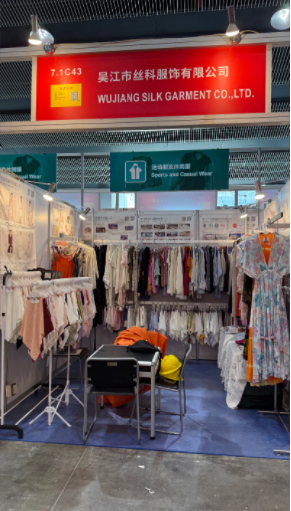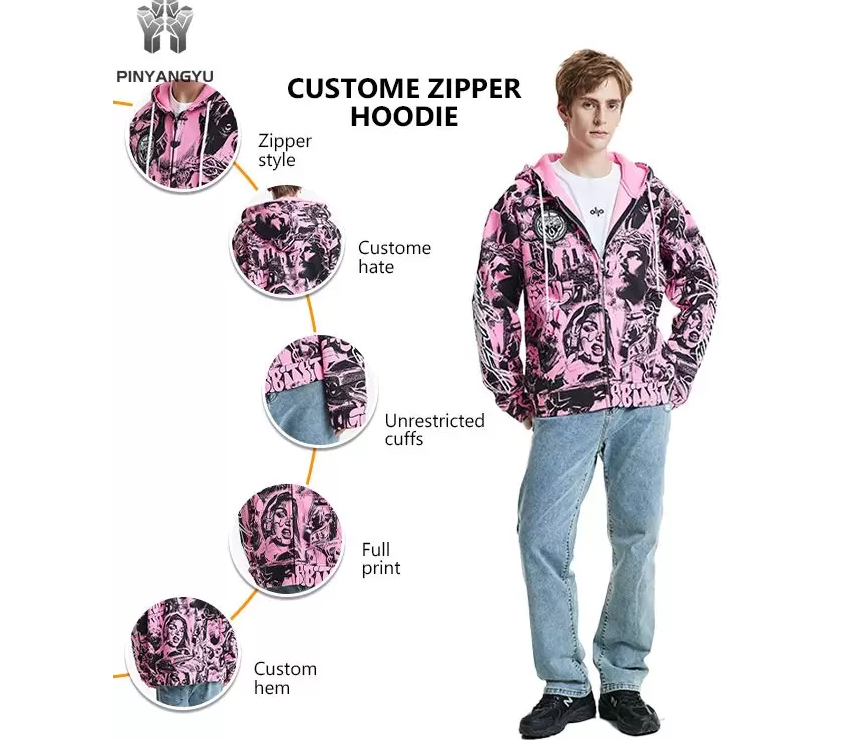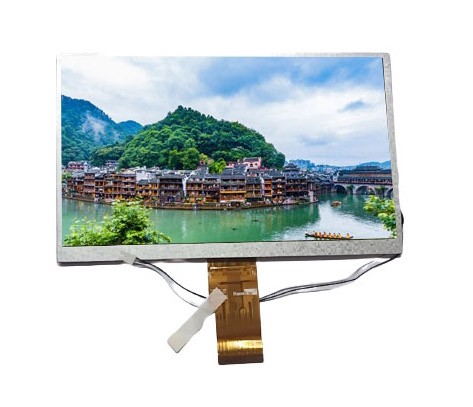Weddings are a celebration of love, unity, and joy, but they also come with a unique set of expectations regarding attire. For many, the question, What do most people wear to weddings? can be daunting. This article aims to provide a detailed exploration of wedding attire, considering various factors such as the type of wedding, season, and cultural influences, ensuring that you are well-prepared for any wedding invitation that comes your way.
Understanding Wedding Attire: The Basics
At its core, wedding attire is often dictated by the formality of the event. Weddings can range from casual beach ceremonies to extravagant black-tie affairs. Understanding the dress code is crucial for guests to ensure they are appropriately dressed.
- Casual Weddings: For a casual wedding, typically held outdoors or in a relaxed setting, guests can opt for light fabrics and comfortable styles. Men might wear dress shorts with a collared shirt, while women can choose sundresses or chic jumpsuits. Footwear can be more relaxed, with sandals or loafers being acceptable.
- Semi-Formal Weddings: This dress code strikes a balance between casual and formal. Men often wear dress pants with a blazer, while women can choose cocktail dresses or elegant skirts paired with stylish tops. Accessories play a significant role here, allowing guests to express their personal style while remaining within the bounds of the dress code.
- Formal and Black-Tie Weddings: These events call for more sophisticated attire. Men should wear tuxedos or dark suits, while women are encouraged to wear floor-length gowns or elegant cocktail dresses. Fabrics like silk, satin, and chiffon are popular choices, and accessories such as statement jewelry can elevate the overall look.
Seasonal Considerations
The season in which a wedding takes place can significantly influence attire choices.
- Spring Weddings: Light colors and floral patterns are popular in spring. Fabrics like linen and cotton are breathable and comfortable. Women might opt for pastel-colored dresses, while men can choose light-colored suits.
- Summer Weddings: Summer weddings often allow for more casual attire due to the heat. Lightweight fabrics and bright colors are favored. Women can wear sundresses, while men might choose short-sleeved shirts with dress pants.
- Fall Weddings: Rich, warm colors like burgundy, mustard, and forest green are ideal for fall. Layering becomes important, with blazers and shawls being common. Women can wear long-sleeved dresses, while men might opt for tweed or wool suits.
- Winter Weddings: Winter weddings often call for heavier fabrics and darker colors. Women can wear long-sleeved gowns or elegant cocktail dresses paired with stylish wraps, while men should consider dark suits or tuxedos, complemented by a warm overcoat.
Cultural Influences on Wedding Attire
Cultural backgrounds can also play a significant role in wedding attire. Many cultures have specific traditions that dictate what guests should wear. For instance:
- Traditional Asian Weddings: In many Asian cultures, red is a color of good luck and is often worn by guests. Women might wear traditional dresses like the cheongsam or saree, while men may don kurtas or suits in vibrant colors.
- Jewish Weddings: While attire can vary, many Jewish weddings encourage guests to dress formally. Women often wear elegant dresses, while men typically wear suits or tuxedos.
- Destination Weddings: For weddings held in exotic locations, attire may lean towards the casual side, but it’s essential to consider the venue. Beach weddings might call for lighter fabrics, while a wedding in a historic castle may require more formal attire.
Accessorizing for Weddings
Accessories can make or break an outfit. Here are some tips for choosing the right accessories:
- Footwear: Choose shoes that complement your outfit while being comfortable enough for dancing. Heels are popular for women, but consider wedges or stylish flats for outdoor weddings.
- Jewelry: Opt for statement pieces that enhance your outfit without overwhelming it. For formal weddings, consider elegant earrings or a classic necklace.
- Outerwear: Depending on the season, a stylish wrap or blazer can add sophistication to your look while keeping you warm.
Conclusion: Dressing with Respect and Style
Ultimately, what most people wear to weddings reflects not only their personal style but also their respect for the couple and the occasion. By understanding the nuances of wedding attire, considering seasonal and cultural factors, and accessorizing thoughtfully, guests can ensure they look their best while celebrating love. Remember, the key is to strike a balance between personal expression and adherence to the event's dress code, making your presence at the wedding a memorable one.





